We are all aware of how amazing sports mascots look. But, did you know what the best Olympic mascots look like?
Worry not, as we have listed some of the best Olympic mascots ever to walk the stadium in today’s article.
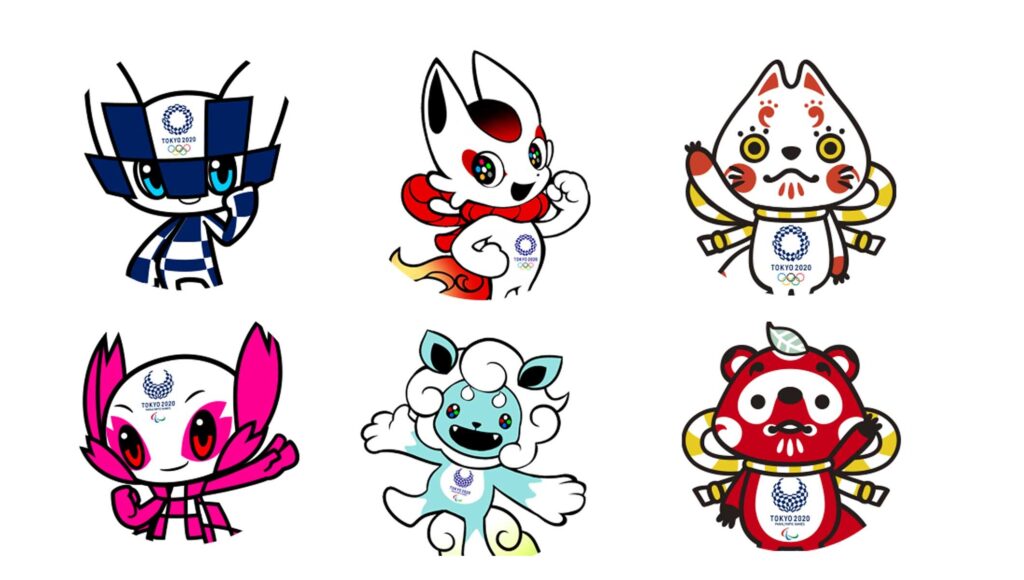
Some of your favorite mascots might be on the list, so make sure to look it through.
12 Best Olympic Mascots of all Time
We have created this ranking as per the research done by the Sports Show. We might not guarantee your favorite mascot to be in the higher positions of the ranking. However, we guarantee that none of the mascots below are less popular.
Also, no mascot in any way or form is less than the other, so do not take this ranking seriously.
| Rank | Name of Mascots | Olympics Year |
| 12 | Sam the Olympic Eagle | 1984 |
| 11 | Cobi | 1992 |
| 10 | Vinicius | 2016 |
| 9 | Izzy | 1996 |
| 8 | Soohoorang | 2018 |
| 7 | Sukki, Nokki, Lekki, and Tsukki | 1998 |
| 6 | Powder, Copper, and Coal | 2002 |
| 5 | Neve and Gliz | 2006 |
| 4 | Fuwa | 2008 |
| 3 | Miga, Quatchi, Sumi, and Mukmuk | 2010 |
| 2 | The Leopard, Polar bear, and Hare | 2014 |
| 1 | Wenlock and Mandeville | 2012 |
12. Sam the Olympic Eagle
Sam, the Olympic Eagle, was the official mascot of the 1984 Summer Olympics and Paralympics in Los Angeles, California. Sab represents a bald eagle, the United States’ national bird.
The mascot’s name, Sam, refers to another American emblem, Uncle Sam. Bob Moore, a great Disney animation artist, was the creator of Sam.
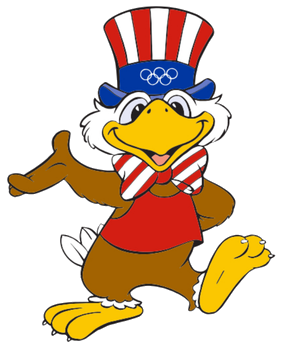
Sam the Eagle, a character from The Muppet Show, was the mascot for the 1984 Summer Olympics. However, when it comes to design, these two share their differences.
Similarly, the eagle, Sam, wasn’t only used for the Olympics. This mascot was later used to promote the Mt. SAC Relays, a track and field event at Mt. San Antonio College.
11. Cobi
Cobi served as the official mascot of the 1992 Summer Olympic and Paralympic Games for Barcelona, Spain. Not to mention, Cobi was the best Olympic mascot for most fans during that year.
Moreover, Velázquez’s classic Las Meninas was the inspiration for this mascot. Also, did you know that Cobi was a Cubist-style Catalan Sheepdog?

The title of the mascot comes from the Barcelona Olympic Organizing Committee or COOB.
Although the mascot had out to the public prior to the 1992 Summer Olympics, it still held its hype quite well.
And, how can we forget that the Cobi Troupe was a TV show based on Cobi?
10. Vinicius
Vinicius is the 2016 Summer Olympics’ official mascot which was held in Rio de Janeiro, Brazil. Based on the animation company Birdo, São Paulo had designed this unique mascot.
While designing this mascot, the designer incorporated the elements of cats, monkeys, and birds depicting Brazilian fauna.
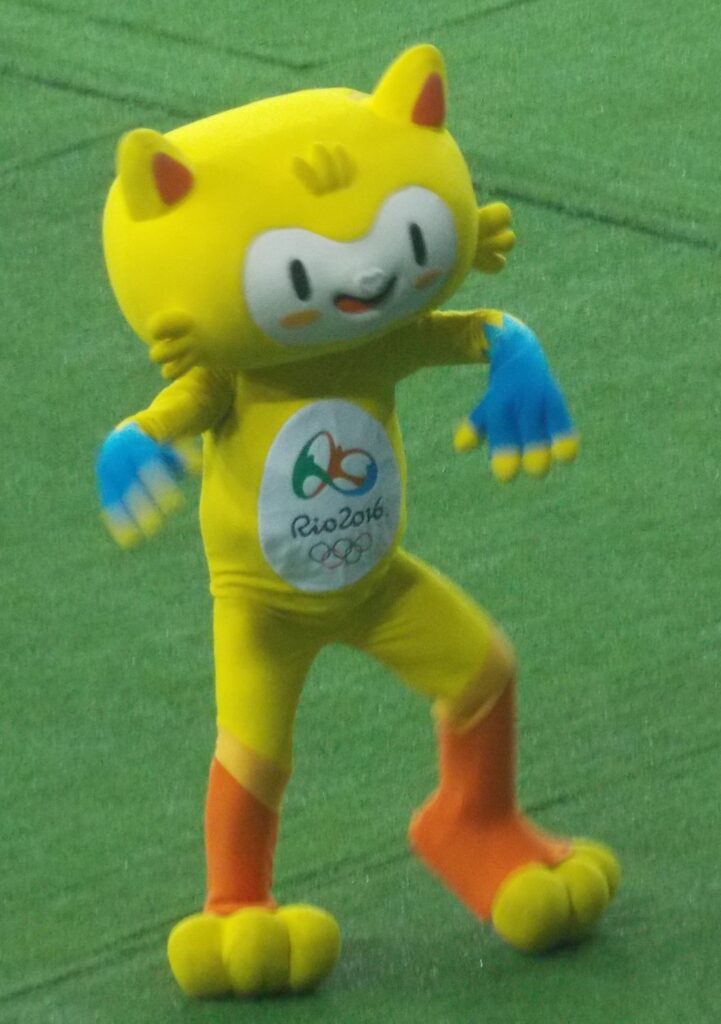
Besides, only Brazilian companies were allowed to submit tenders for the creation of this mascot.
Furthermore, a team of judges, including media experts and representatives from several Olympic organizations, were called to select the final design in August 2013.
Finally, on November 23, 2014, after a rigorous selection process, the mascot was finally unveiled to the public. The mascot got its name from Vinicius de Moraes after three-week-long online voting.
9. Izzy
Izzy, the adorable tiny fan-favorite mascot of the 1996 Summer Olympics and Paralympics, became one of the best Olympic mascots in the world.
To clarify, Izzy was an animated figure who could transform into many shapes. If you didn’t know, her original name was Whatzit, which stood for “What is it?”
Surprisingly, the mascot does not depict any sort of animal or person. Izzy was created by John Ryan, a senior animation director at Atlanta-based design firm DESIGNefx.
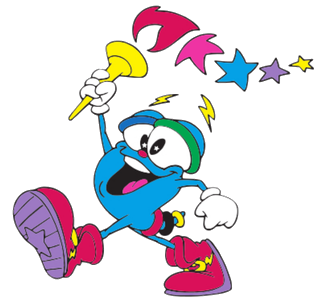
The winning design was chosen out of twenty competing design firms to create a masterpiece summer Olympics mascot.
Therefore, the mascot became so popular that Busch Gardens Williamsburg theme park in Williamsburg, Virginia, named a roller coaster after the mascot.
8. Soohoorang
The 2018 Winter Olympics’ mascot Soohorang is one of the best Olympic mascots in the world. Moreover, this amazing mascot was designed and developed in Korea.
Talking about the meaning behind the name, in Korean, “Sooho” means “protection,” symbolizing the protection provided to athletes, participants, and spectators. It also symbolizes preserving international peace.
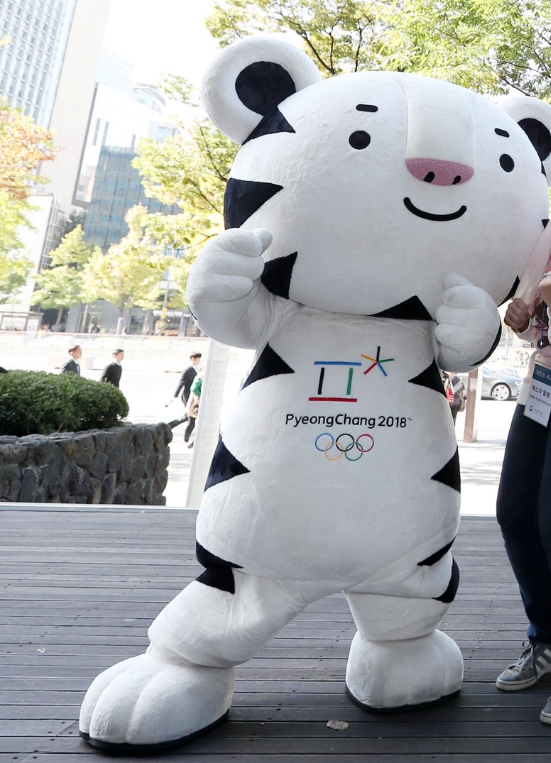
And “Rang” comes from the Korean word “Ho-rang-i,” which means “tiger.” This letter is also the final letter of “Jeongseon Arirang,” a beloved traditional Korean folk song.
Talking about Soohorang, this mascot was inspired by the white tiger, known in Korean as “baekho.” It is revered as a sacred guardian animal in Korea.
7. Sukki, Nokki, Lekki, and Tsukki
Sukki, Nokki, Lekki, and Tsukki, collectively known as the “Snowlets,” were the official mascots of the 1998 Winter Olympics and Paralympics in Nagano, Japan.
Moreover, the four mascots represent the four years between each Olympiad. Each four of the characters represent elements; Sukki represents the element fire, Nokki represents air, Lekki represents earth, and Tsukki represents water.
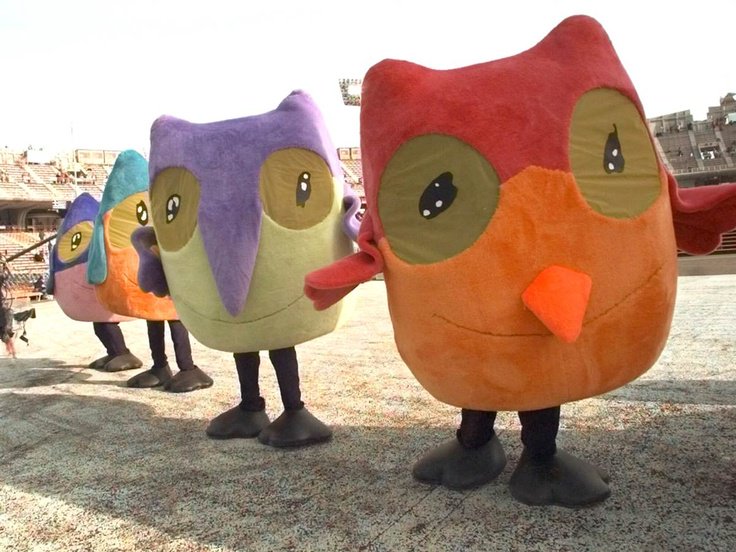
Also, the four adorable Snowlets represent the four major islands of Japan.
They definitely deserve to be included among the best Olympic mascots for how adorable they look and what they represent.
Also, the word “Snowlets” is made up of two words, the first one being ‘snow,’ which stands for the Winter Olympics, and the second one, ‘lets,’ which means “to invite.”
6. Powder, Copper, and Coal
Powder, Copper, and Coal were the official mascots of the 2002 Winter Olympics and Paralympics in Salt Lake City, Utah.
The mascots were first designed in September 1997, which the International Olympic Committee approved in December 1998. Deserving to be included among the best Olympic mascots, Powder, Copper, and Coal are one of the most adorable mascots.
Besides, the creator of these mascots, Steve Small, is well-known for his roles in the animated series Rugrats and Hercules.
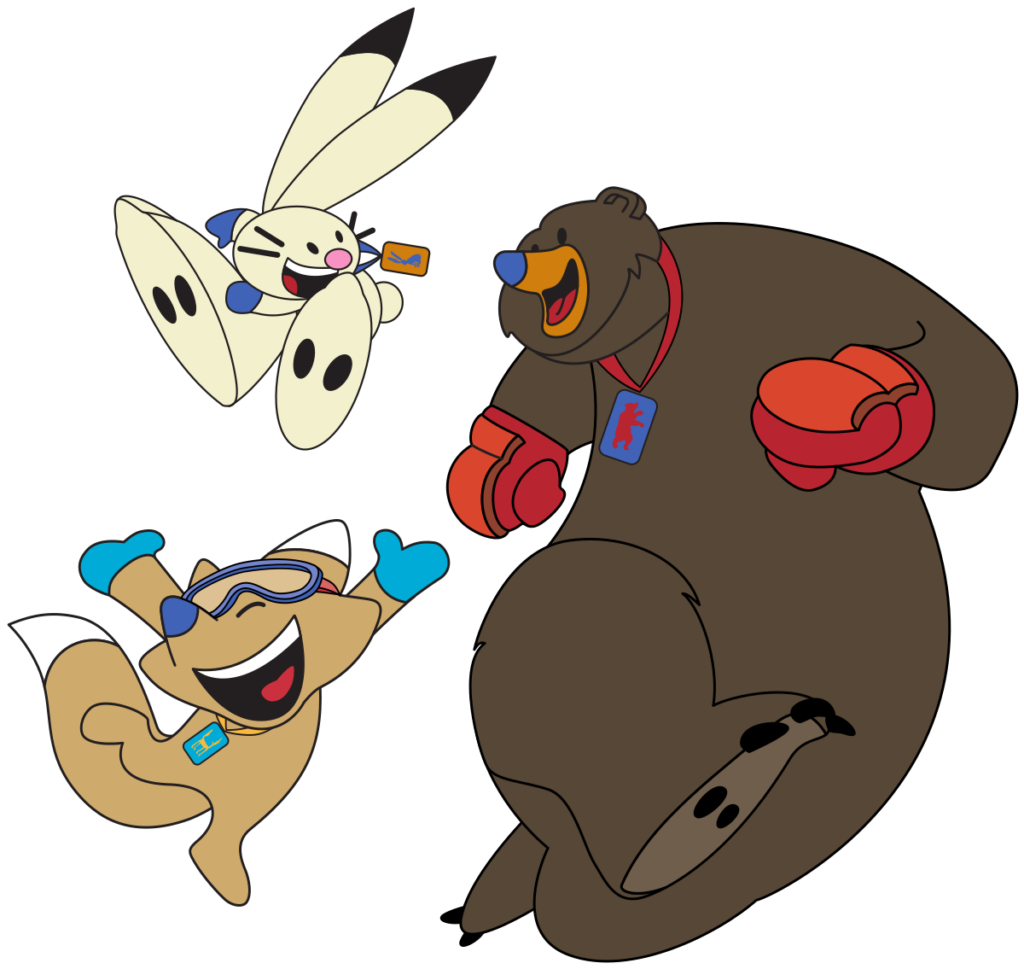
However, to create and sell the mascot, the Salt Lake Organizing Committee had to collaborate with San Francisco-based Landor Associates and Publicis.
On May 15, 1999, the authorities presented all three mascots at the Triad Center in downtown Salt Lake City.
5. Neve and Gliz
Now, moving on to our fifth entry of the day, we have Neve and Gliz. Ranked as one of the best Olympic mascots, these mascots were the official mascots of the 2006 Winter Olympics and Paralympics in Turin, Italy.
Besides, let’s not forget, in a mascot design contest for the Olympics on May 20, 2003, the TOROC Organizing Committee received 237 mascot design proposals. Out of the 237 designed, the authorities chose five finalists first.
Furthermore, ‘Neve and Gliz’ remained out of the remaining five created by Pedro Albuquerque.
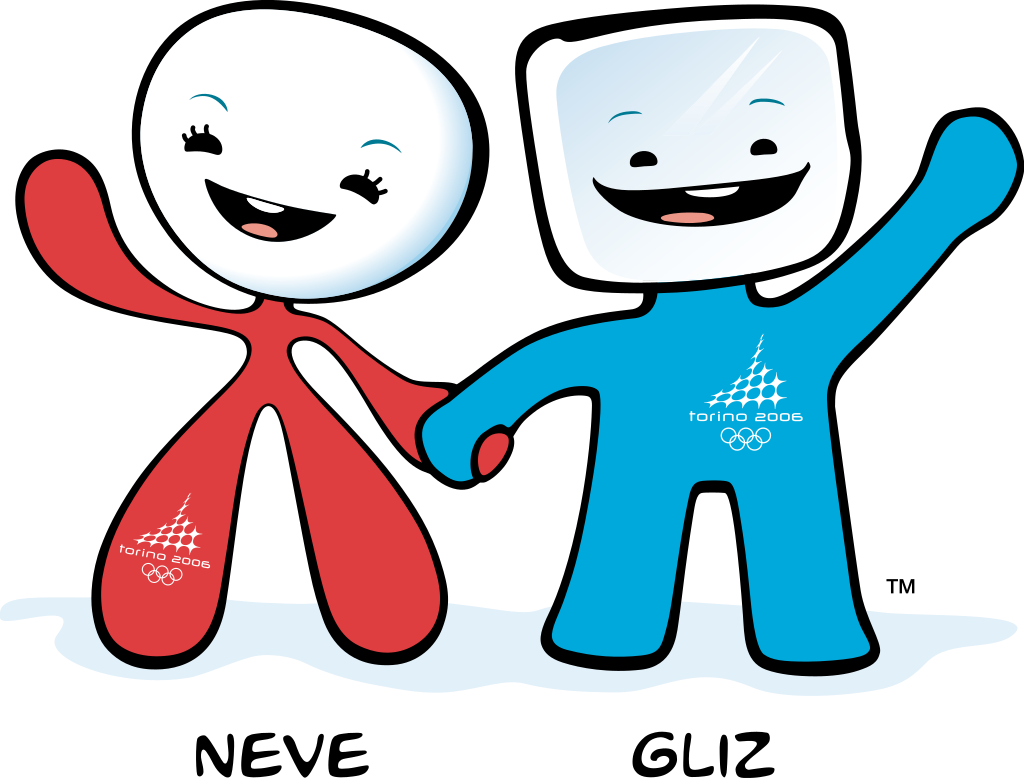
Likewise, Neve is a humanized female snowball dressed in a crimson suit representing “softness, kindness, and elegance” in Italian.
Whereas, Gliz is a humanized male ice cube dressed in a blue outfit who stands for “Ice” in Italian and represents “enthusiasm and joy.”
4. Fuwa
Fuwa, which literally means “good-luck dolls,” was the official mascot of the 2008 Summer Olympics and Paralympics in Beijing, China. Most importantly, this fantastic mascot doll was designed by Han Meilin, a well-known Chinese designer.
Deserving a spot among the best Olympic mascots of all time, Fuwa was designated as the official mascot on November 11, 2005. Unveiling Fuwa during a National Society of Chinese Classic Literature Studies event, Fuwa went on to become China’s household mascot.
Plus, Beibei, Jingjing, Huanhuan, Yingying, and Nini are the five Fuwa named after the sentence “Beijing Huan Ying ni.” “Beijing warmly welcomes you,” it says.

As peace ambassadors, the Fuwa traveled around the world, visiting all seven continents. A celebrity welcomed the mascot during its visit.
Read about Fuwa Olympic Roaming Mind!
3. Miga, Quatchi, Sumi, and Mukmuk
Miga, Quatchi, Sumi, and Mukmuk were the official mascots of the 2010 Winter Olympics and Paralympics held in Vancouver, Canada.
Likewise, a Canadian-American firm, Meomi Design was the one to create the design. However, despite being created a bit earlier, the Canadian government made them public on 27th November 2007.
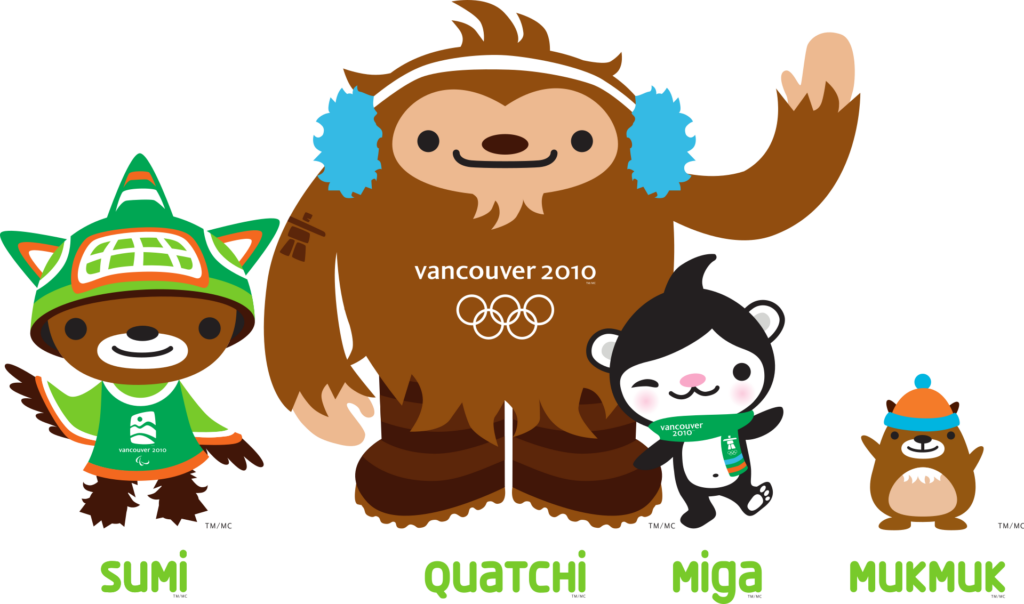
In addition, these mascots became known to the public on the day of the Olympics and Paralympics.
Besides, these picks were out of the 177 designs that came from all over the world. The Olympic committee VANOC was responsible for choosing the mascots.
2. The Leopard, Polar Bear, and Hare
The Leopard, Polar Bear, and Hare were the official mascots of the 2014 Winter Olympics and Paralympics held in Sochi, Russia.
Russia held a nationwide mascot design competition from September 1 to September 5 in 2010 to come up with the best mascot for the 2014 Olympics.
As a result, there was the submission of at least 24,000 designs to the judges. On February 7, 2011, Russia’s national television channel showed a selection of designs to the public.
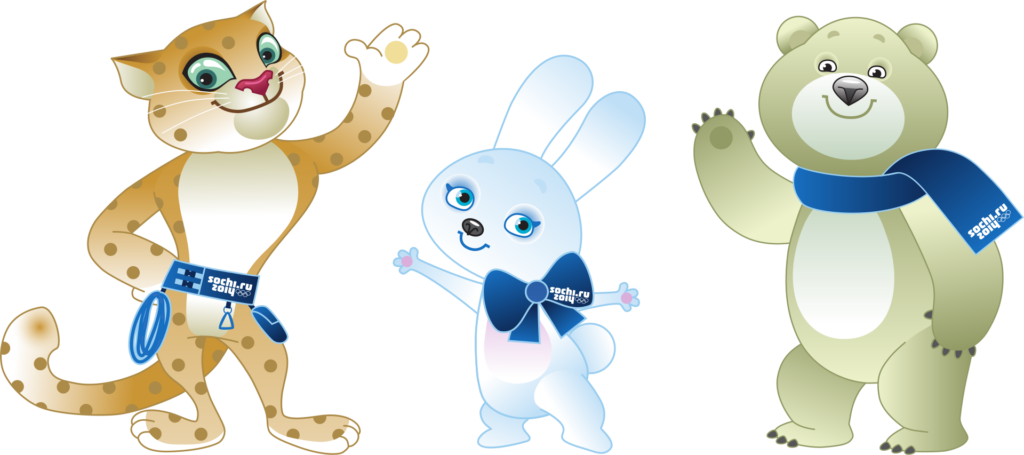
Likewise, the authorities chose around 10 Olympic and 3 Paralympic designs from that selection.
Furthermore, the Russian public chose their favorite mascots: the Leopard, Polar Bear, and Hare. Therefore, they became the final mascots for the 2014 Winter Olympics and Paralympics.
1. Wenlock and Mandeville
Finally, to our number one on the list, Wenlock and Mandeville are our best Olympic mascots ever to walk the Olympics arena.
Besides, these out of this world mascots were the official mascots of the 2012 Summer Olympics and Paralympics held in London, United Kingdom.
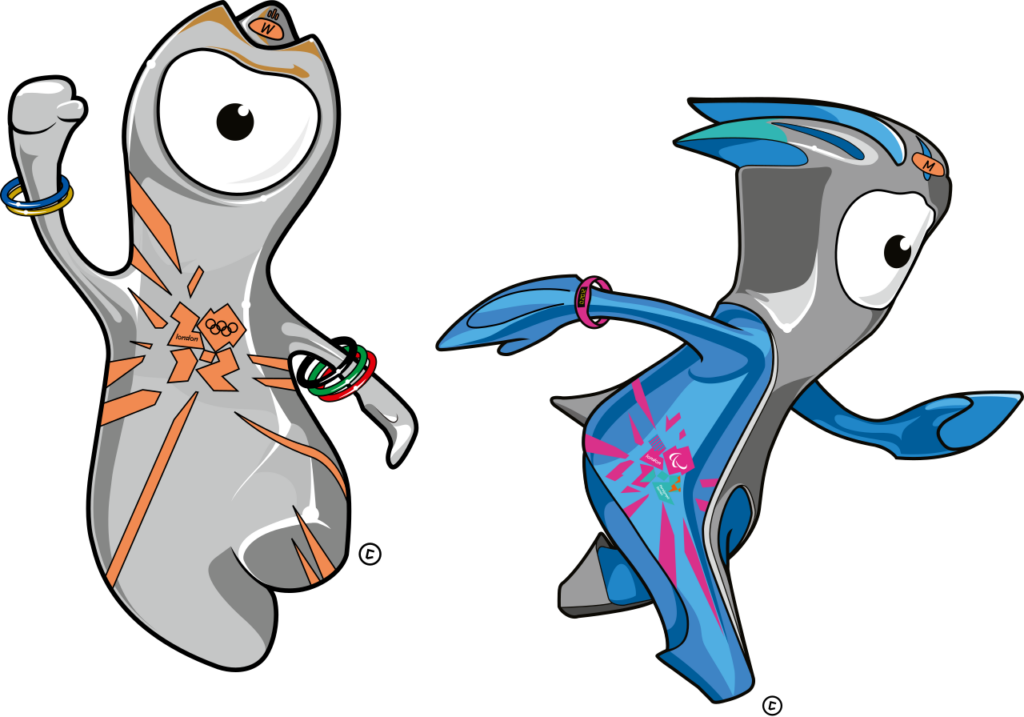
However, these mascots out to the public two years before the Olympics. Similarly, a London-based creative studio, Iris, designed the mascot, Wenlock and Mandeville.
The first Olympic Games was staged in 1850 in Wenlock, Shropshire, England, by the Wenlock Olympian Society. This is where the mascot got its name ‘Wenlock’ from.
Conclusion
We are all aware of these mascots’ significance and presence in the Olympics. Not to forget how much the host country gives in while choosing the best mascot for the historic event.
Each mascot was best in its own way. So, out of the best Olympics mascots mentioned here, which were your favorite ones?
